Pecan Texas Root Rot: How To Control Pecans With Cotton Root Rot

Pecans are grand old trees that provide shade and a bountiful harvest of tasty nuts. They are desirable in yards and gardens, but they are susceptible to a number of diseases. Cotton root rot in pecan trees is a devastating disease and silent killer. If you have one or more pecan trees, be aware of this infection.
What is Pecan Cotton Root Rot?
Outside of Texas, when this infection strikes a pecan tree or other plant, Texas root rot is the more common name. In Texas it is called cotton root rot. It is one of the deadliest fungal infections — caused by Phymatortrichum omnivorum — that can strike any plant, affecting more than 2,000 species. The fungus thrives in hot and moist weather, but it lives deep in the soil, and when and where it will attack plant roots is impossible to predict. Unfortunately, once you see aboveground signs of infection, it is too late and the plant will die quickly. The disease can attack young trees, but also older, established pecans.
Signs of Texas Root Rot of Pecan
The aboveground symptoms of root rot result from the roots being infected and unable to send water up to the rest of the tree. You’ll see the leaves turn yellow, and then the tree will die rapidly. The signs are usually first seen in summer once soil temperatures reach 82 degrees Fahrenheit (28 Celsius). Pecans with cotton root rot will already show signs of serious infections below ground by the time you see wilting and yellowing in the leaves. The roots will be darkened and rotting, with tan, mycelia strands attached to them. If conditions are very wet, you may also see white mycelia on the soil around the tree.
What to Do about Pecan Texas Root Rot
There are no control measures that are effective against cotton root rot. Once you have a pecan tree succumb to the infection, there is nothing you can do to save it. What you can do is take measures to reduce the risk that you’ll see the fungal infection in your yard again in the future. Replanting pecan trees where you already lost one or more to Texas root rot is not recommended. You should replant with trees or shrubs that resist this fungal infection. Examples include:
If you are considering planting a pecan tree in an area that may be susceptible to cotton root rot, you can amend the soil to reduce the risk that the infection will strike. Add organic material to the soil and take steps to lower the pH. The fungus tends to be more prevalent in soil at a pH of 7.0 to 8.5. Texas root rot of pecan is a destructive disease. Unfortunately, research has not caught up to this disease and there is no way to treat it, so prevention and use of resistant plants in disease-prone areas is important.
Gardening tips, videos, info and more delivered right to your inbox!
Sign up for the Gardening Know How newsletter today and receive a free copy of our e-book "How to Grow Delicious Tomatoes".

Mary Ellen Ellis has been gardening for over 20 years. With degrees in Chemistry and Biology, Mary Ellen's specialties are flowers, native plants, and herbs.
-
 What Is A Pollinator Garden? Grow Gorgeous Blooms While Benefiting Your Local Ecosystem
What Is A Pollinator Garden? Grow Gorgeous Blooms While Benefiting Your Local EcosystemPollinator gardens look great and also provide a diverse ecosystem that benefits your local pollinating insects and animals. Get started today with this guide!
By Bonnie L. Grant
-
 5 Tough Urban Trees That Thrive In Cities – Top Picks For Urban & Suburban Landscapes
5 Tough Urban Trees That Thrive In Cities – Top Picks For Urban & Suburban LandscapesExplore the best urban trees that will add value to even the most challenging of landscapes. Get growing with these ideas and enjoy all the benefits of trees.
By Teo Spengler
-
 From Harvest To Table: How To Make The Perfect Pecan Pie
From Harvest To Table: How To Make The Perfect Pecan PieFall is pecan harvest time, which means it’s also time for the perfect pecan pie recipe. Read on for more.
By Amy Grant
-
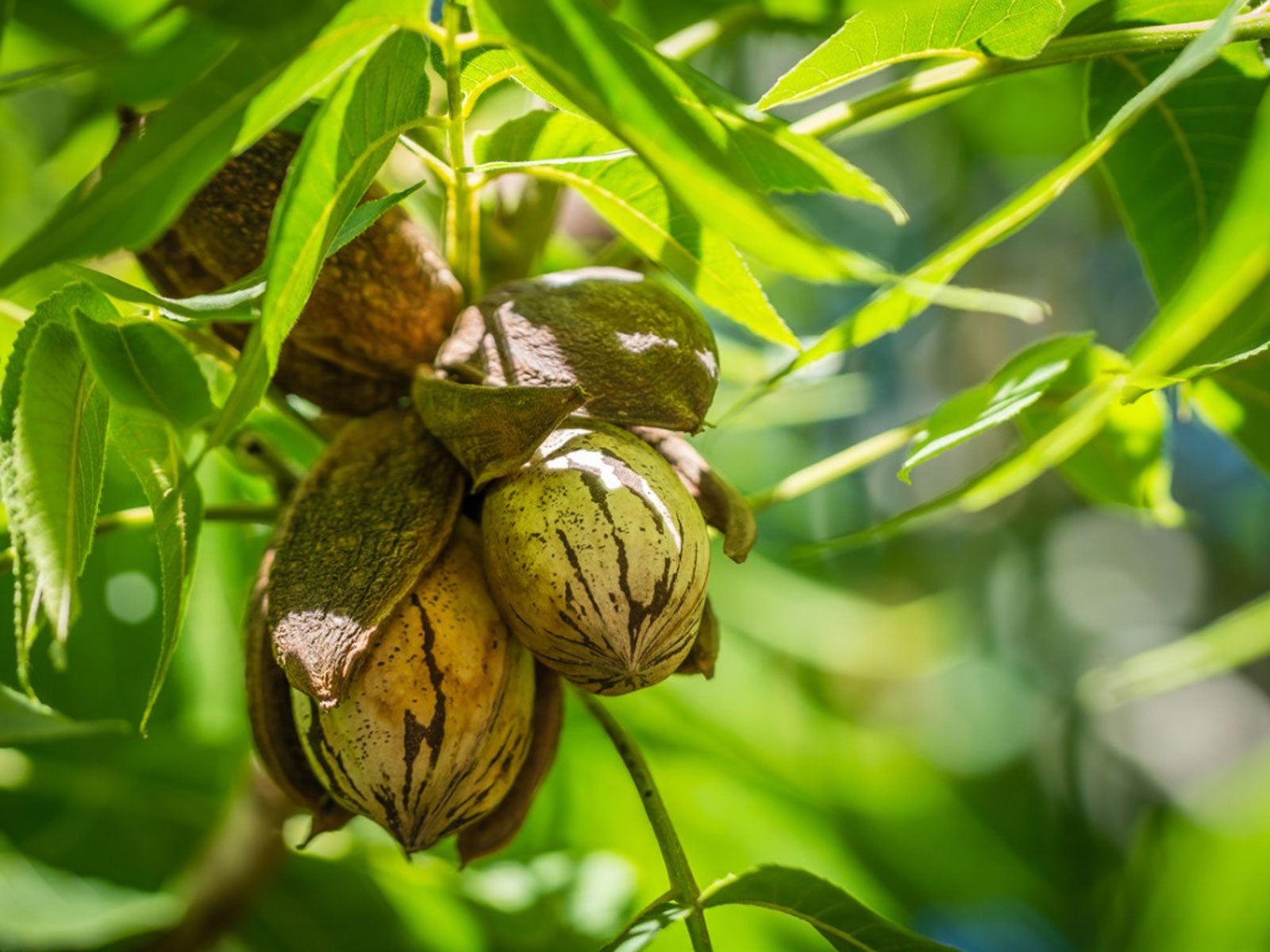 Root Pecan Cuttings – Can You Grow Pecans From Cuttings
Root Pecan Cuttings – Can You Grow Pecans From CuttingsPecans are delicious, so much so that if you have a mature tree, your neighbors are likely envious. You may want to root pecan cuttings in order to grow a few trees for gifting. Will pecans grow from cuttings though? Click here for info on pecan cutting propagation.
By Teo Spengler
-
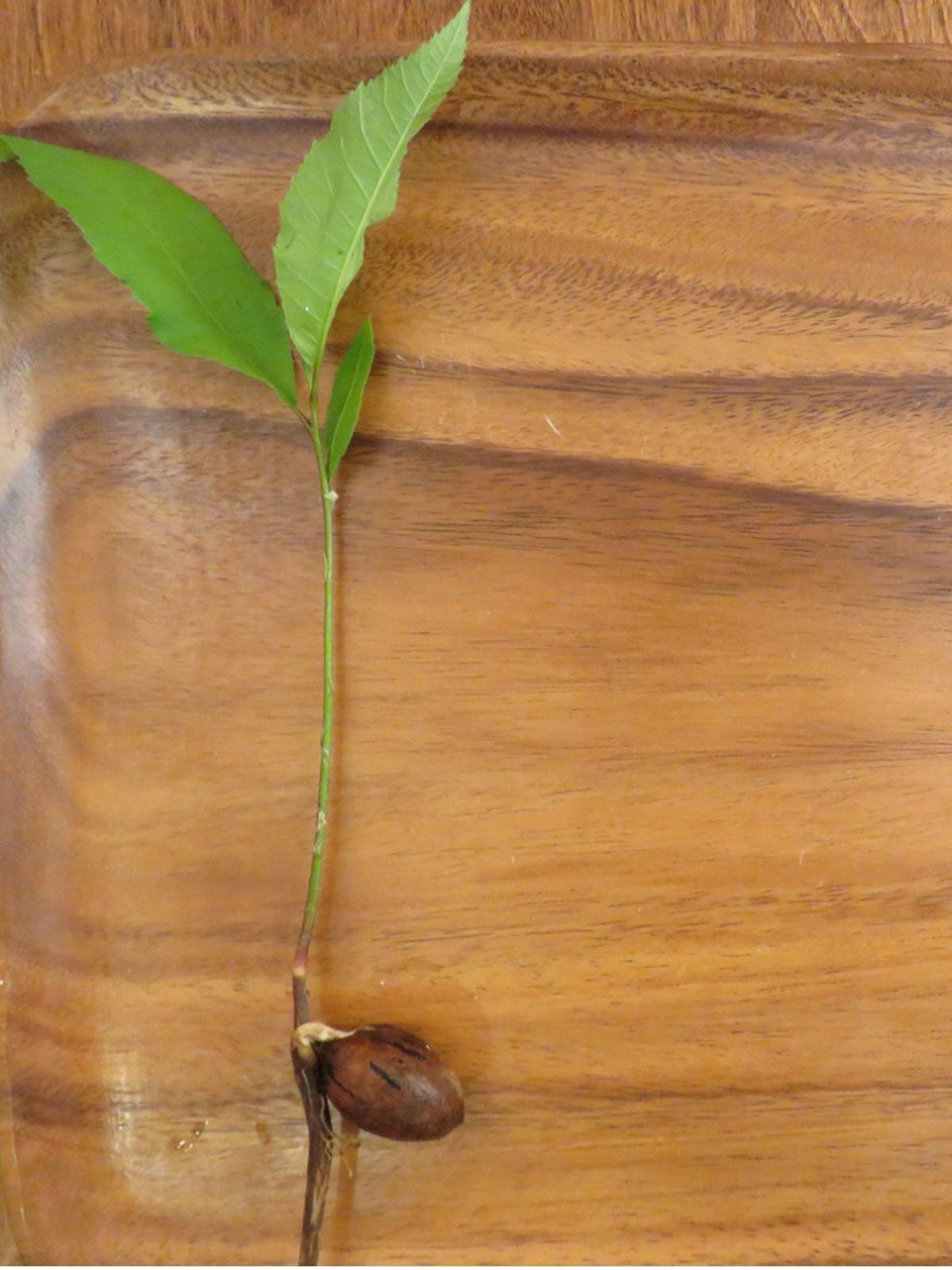 How To Plant Pecans: Learn About Sowing Pecan Seeds
How To Plant Pecans: Learn About Sowing Pecan SeedsGrowing pecans from seed is not as simple as it sounds. Sowing pecan seeds is only one step in a complex process of growing a nut producing tree. Can you plant a pecan seed? Click here to find out and get tips on how to plant pecans and pecan seed germination.
By Teo Spengler
-
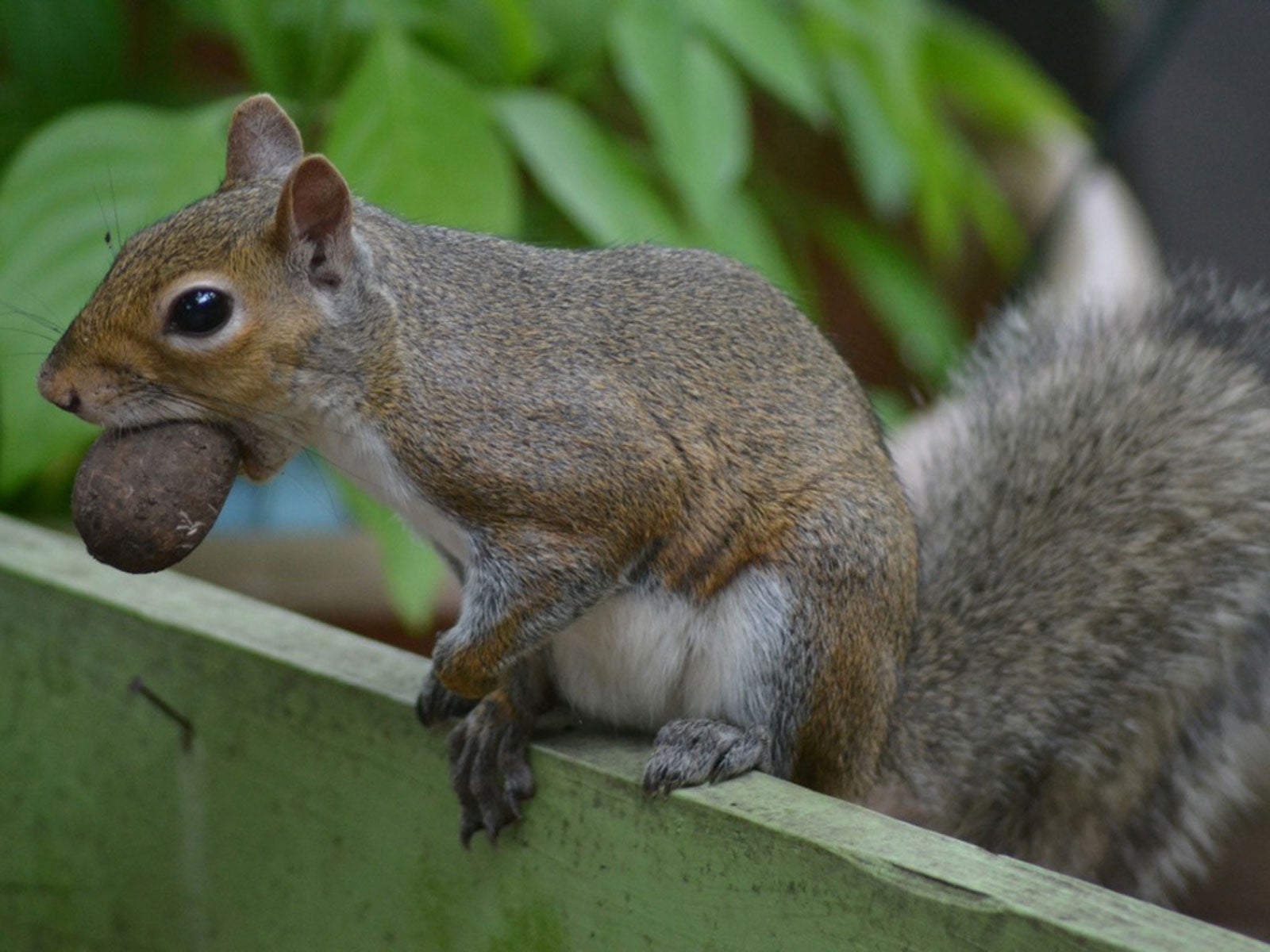 Help, Pecans Are Gone: What’s Eating My Pecans Off The Tree
Help, Pecans Are Gone: What’s Eating My Pecans Off The TreeIt’s definitely unpleasant to walk outside to admire your pecan tree and find half your nuts are gone! You may begin to wonder what could be eating your pecans. Click this article for ideas on different pests that eat pecans so you can save more of the tasty nuts for yourself.
By Teo Spengler
-
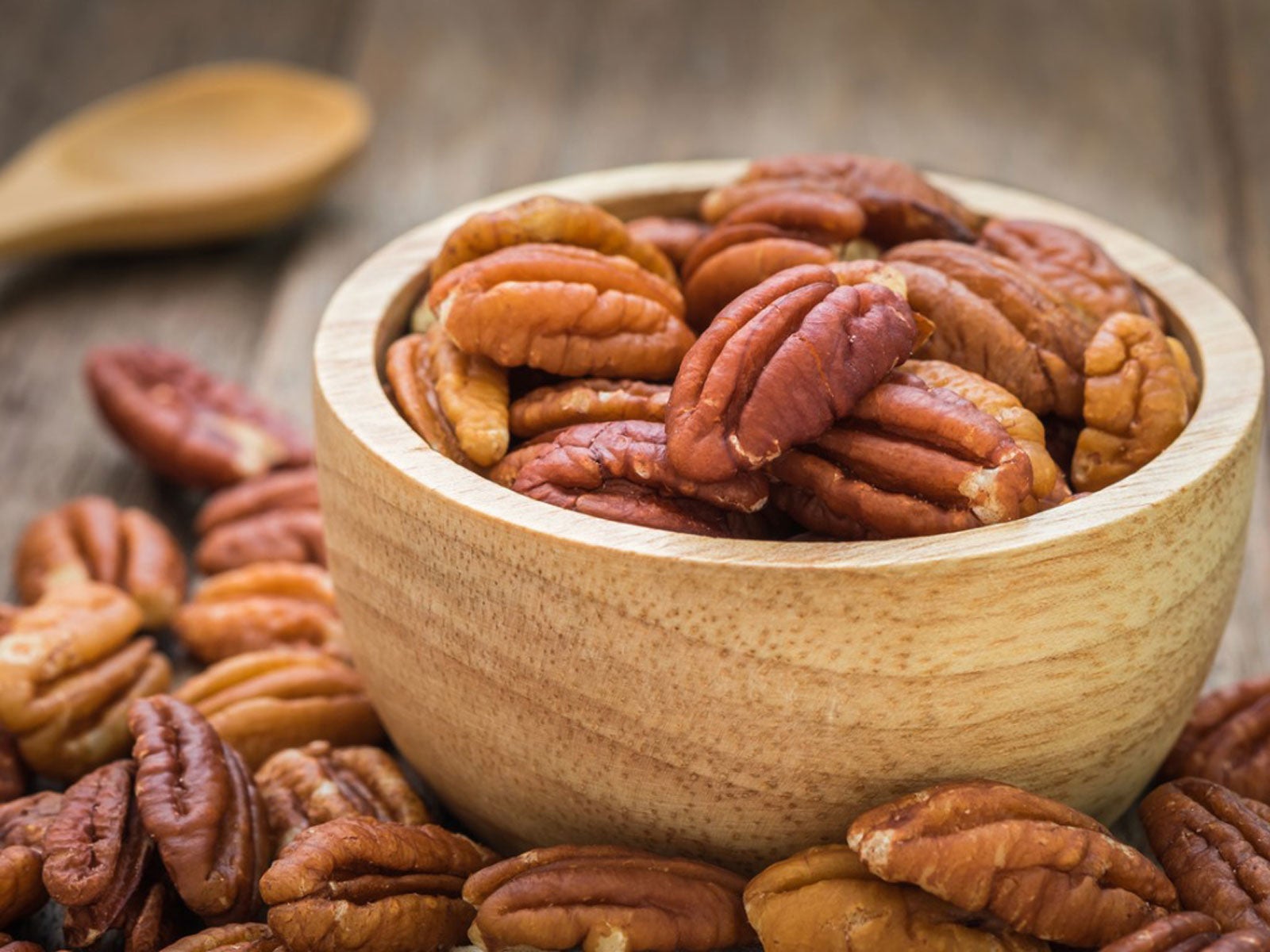 Using Pecans In The Kitchen: What To Do With Pecans
Using Pecans In The Kitchen: What To Do With PecansWith such a large quantity of nut production, one might wonder what to do with pecans. Cooking with pecans is the most common of uses, but there are other ways of using pecans. If you are lucky enough to have access to a pecan tree, learn how to use pecans here.
By Amy Grant
-
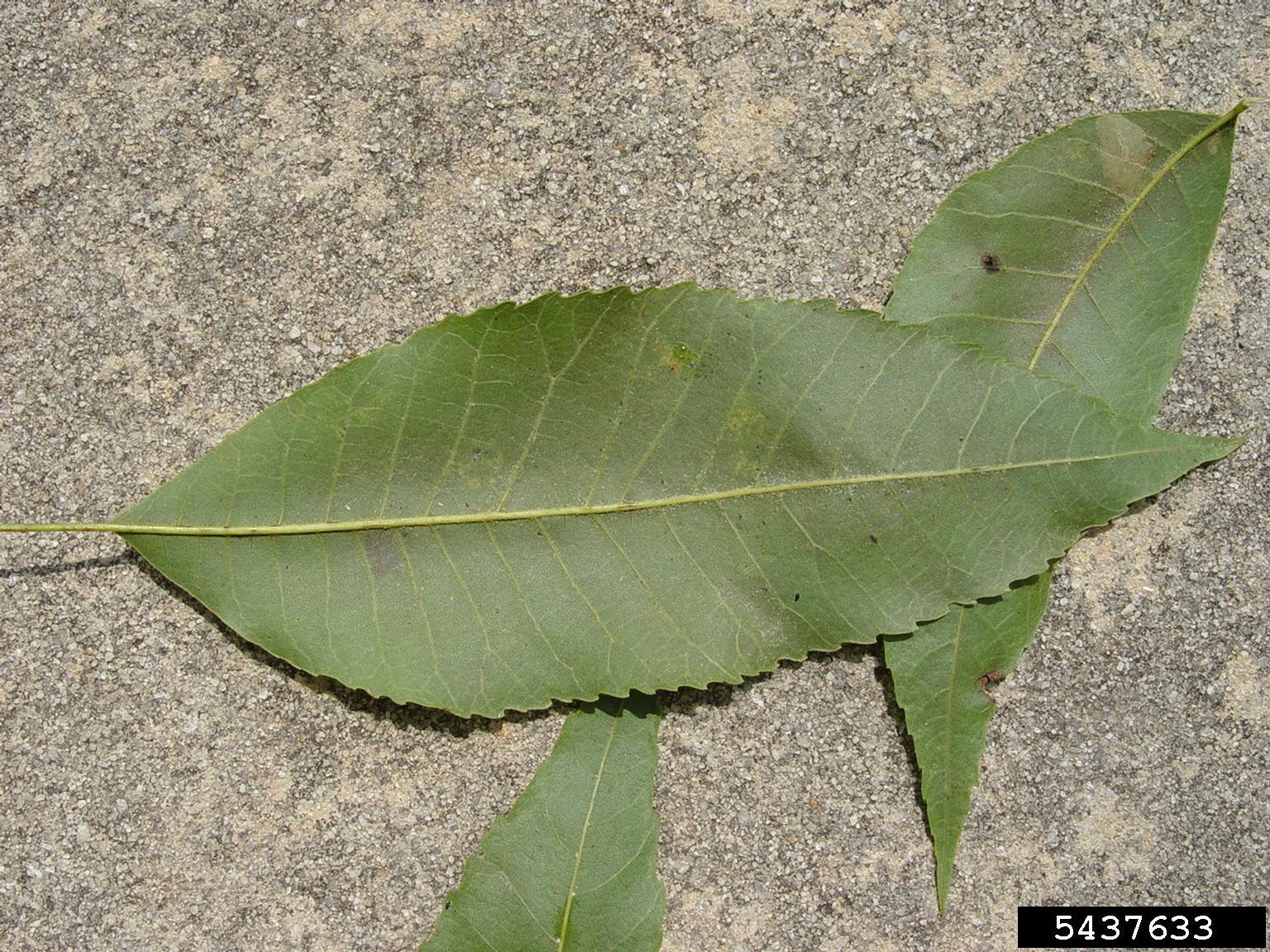 Pecan Bacterial Leaf Scorch: Treating Bacterial Leaf Scorch Of Pecans
Pecan Bacterial Leaf Scorch: Treating Bacterial Leaf Scorch Of PecansWhile pecan bacterial leaf scorch (PBLS) does not kill pecan trees, it can result in significant losses. The following article discusses the symptoms and treatment for a pecan tree with bacterial leaf scorch. Click here for more information.
By Amy Grant
-
Pecan Downy Spot Control – How To Treat Downy Spot Of Pecans
Downy spot of pecans is a fungal disease affects the overall vigor of the tree, thus pecan downy spot control is integral to its health. The following article contains information on pecan downy spot symptoms and tips for treating a pecan tree with downy spot.
By Amy Grant
-
Pecan Vein Spot Control – Learn About Pecan Vein Spot Disease
Pecan vein spot disease is caused by the fungus Gnomonia nerviseda. The disease does not appear on shoots or nuts, only foliage and only in pecan trees. The good news is that the disease is infrequent, causes little crop loss and can be prevented. This article will help.
By Bonnie L. Grant